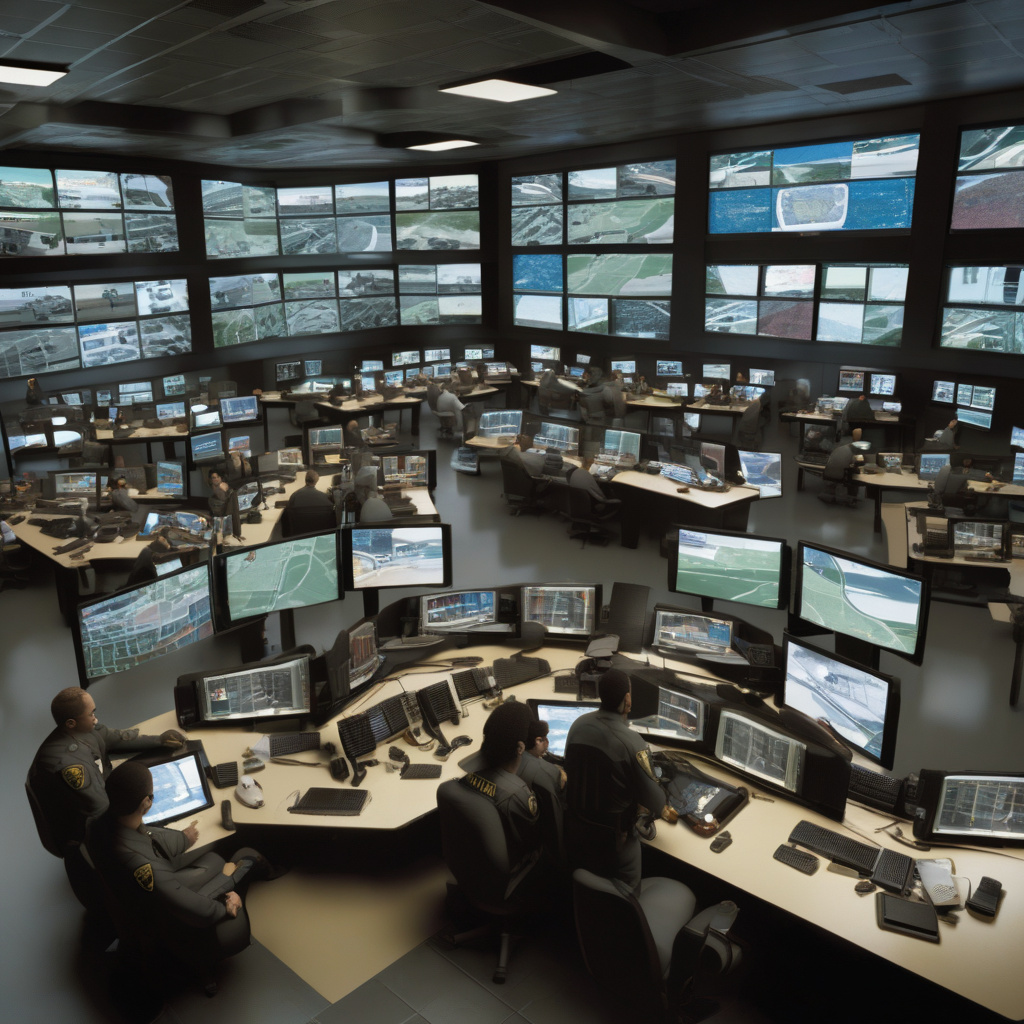How LFR Technology Balances Efficiency and Privacy Concerns in Law Enforcement
Facial recognition technology (LFR) has been making waves in law enforcement, with police touting its efficiency in catching dangerous offenders. However, as with any technological advancement in the realm of surveillance, concerns about privacy and regulation have also been raised. While law enforcement agencies argue that LFR is a just and necessary tool in fighting crime, campaigners are pushing back, labeling it as invasive and highlighting the lack of regulatory oversight.
Police departments across the globe have been increasingly turning to LFR to identify suspects in real-time, monitor public spaces for criminal activity, and enhance overall public safety. The technology works by analyzing unique facial features captured in images or video footage and matching them against a database of known individuals. This has proven to be a game-changer in many criminal investigations, leading to the swift apprehension of dangerous offenders who may otherwise have gone undetected.
Despite its effectiveness, the use of LFR has sparked a fierce debate around the potential infringement of civil liberties and the right to privacy. Campaigners and privacy advocates argue that the widespread deployment of facial recognition technology poses a significant threat to individual freedoms. They raise concerns about mass surveillance, the creation of comprehensive citizen profiles without consent, and the potential for false positives leading to wrongful arrests.
One of the key issues at the heart of the debate is the lack of clear legal safeguards governing the use of LFR by law enforcement agencies. Unlike other surveillance techniques, such as wiretapping or GPS tracking, facial recognition operates in a legal gray area with minimal oversight. This absence of regulatory frameworks has stoked fears that the technology could be misused or abused, leading to unwarranted intrusions into people’s lives.
In response to these concerns, civil liberties organizations, such as Liberty, have been calling for robust legal protections to be put in place to safeguard against the misuse of LFR. They argue that comprehensive legislation is needed to establish clear guidelines on when and how facial recognition technology can be used, as well as to ensure accountability and transparency in its deployment. Without adequate safeguards, there is a risk that the unchecked use of LFR could erode trust in law enforcement and undermine the very principles of democracy and justice it seeks to uphold.
In light of these conflicting perspectives, striking a balance between leveraging the benefits of LFR in crime prevention and addressing the legitimate privacy concerns it raises is essential. Rather than viewing the technology as a panacea for all law enforcement challenges, a nuanced approach that takes into account the ethical, legal, and social implications of its use is needed. This requires a collaborative effort involving policymakers, law enforcement agencies, tech companies, and civil society to develop comprehensive regulations that uphold both public safety and individual rights.
Ultimately, the debate surrounding LFR technology reflects the broader tension between security and privacy in the digital age. As advancements in surveillance technology continue to outpace the development of regulatory frameworks, finding a middle ground that respects both the imperatives of law enforcement and the fundamental rights of citizens remains a pressing challenge. By addressing these issues head-on and enacting meaningful legal safeguards, society can harness the potential of facial recognition technology while upholding the values of freedom and democracy that underpin our collective well-being.
facial recognition, privacy concerns, law enforcement, civil liberties, regulatory oversight
